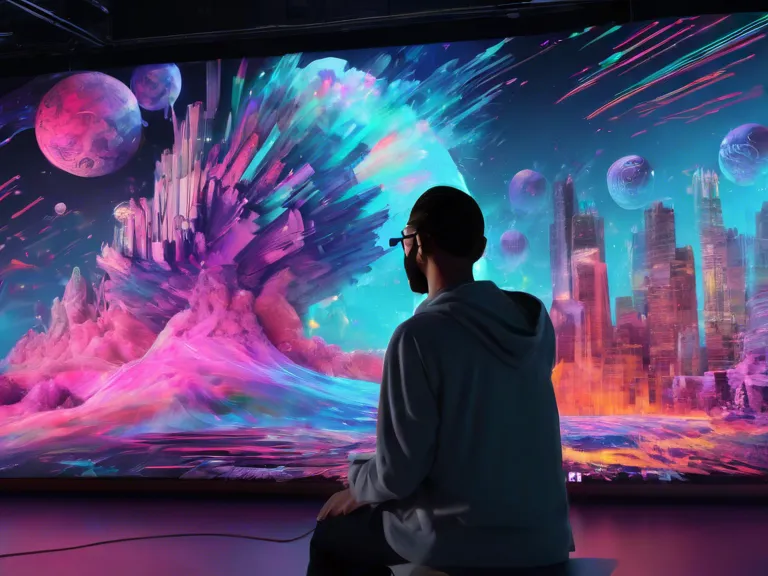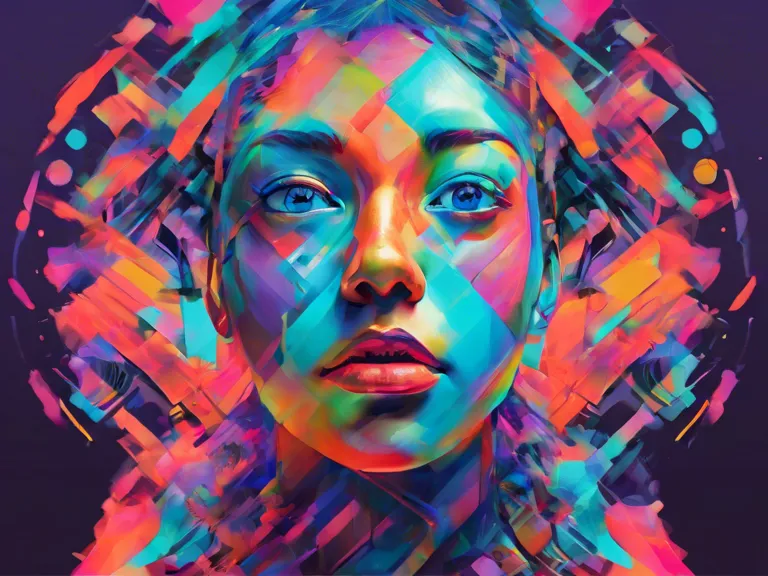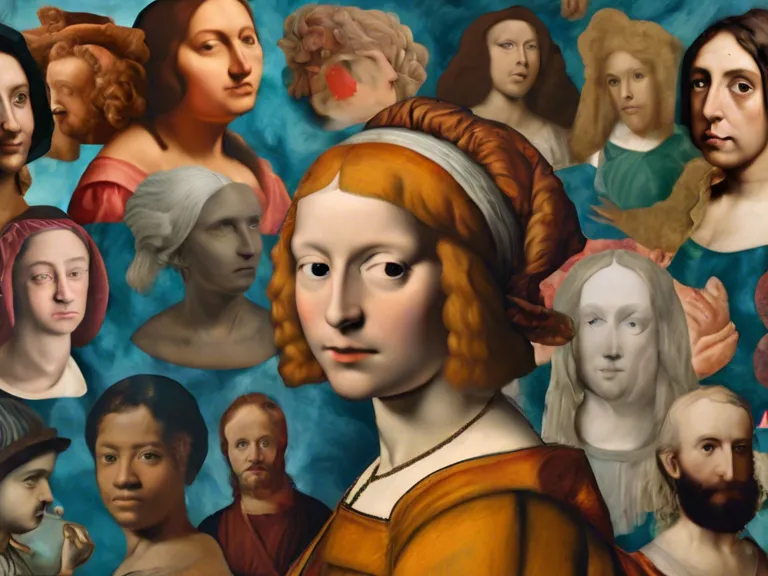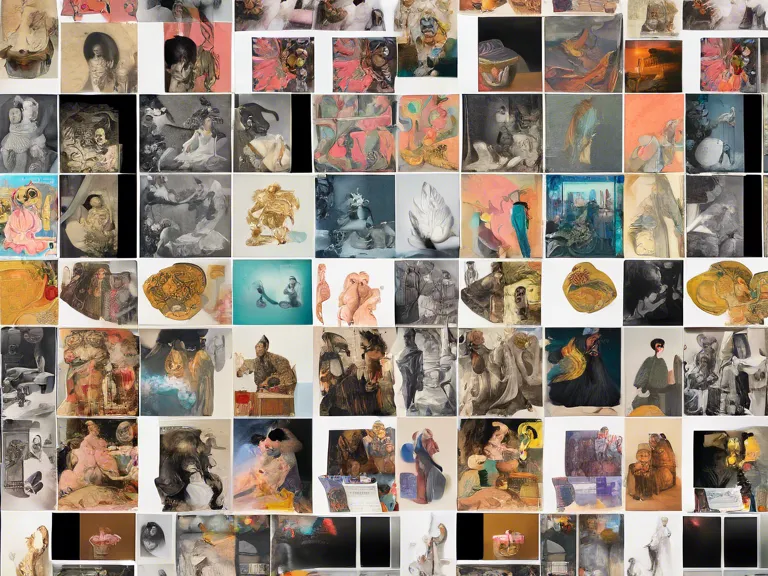
In recent years, the emergence of NFTs (non-fungible tokens) has taken the digital art world by storm, opening up new opportunities for artists to showcase and sell their work in a unique and innovative way. From traditional canvas paintings to intricate digital designs, artists are now leveraging blockchain technology to create and sell their art as NFTs, forever changing the landscape of the art market.
One of the key ways in which digital artists are shaping the NFT landscape is through the creation of virtual galleries and marketplaces. These platforms allow artists to showcase and sell their work directly to collectors, bypassing traditional galleries and auction houses. By cutting out the middleman, artists can retain more control over their work and earn a higher percentage of the sales revenue.
Another way in which digital artists are making their mark in the NFT space is through the use of generative art and AI. These technologies allow artists to create unique, one-of-a-kind pieces that are algorithmically generated, pushing the boundaries of what is possible in the world of digital art. Collectors are drawn to the novelty and innovation of these pieces, driving up demand and prices in the NFT market.
Collaborations between digital artists and brands are also becoming increasingly common in the NFT space. By partnering with established brands, artists can reach a wider audience and gain credibility in the industry. Brands, in turn, benefit from the creativity and talent of the artists, creating a win-win situation for both parties.
As the NFT landscape continues to evolve, digital artists will play an increasingly important role in shaping the future of the industry. By embracing new technologies, collaborating with brands, and creating innovative, one-of-a-kind pieces, digital artists are establishing themselves as the trailblazers of the NFT world.


